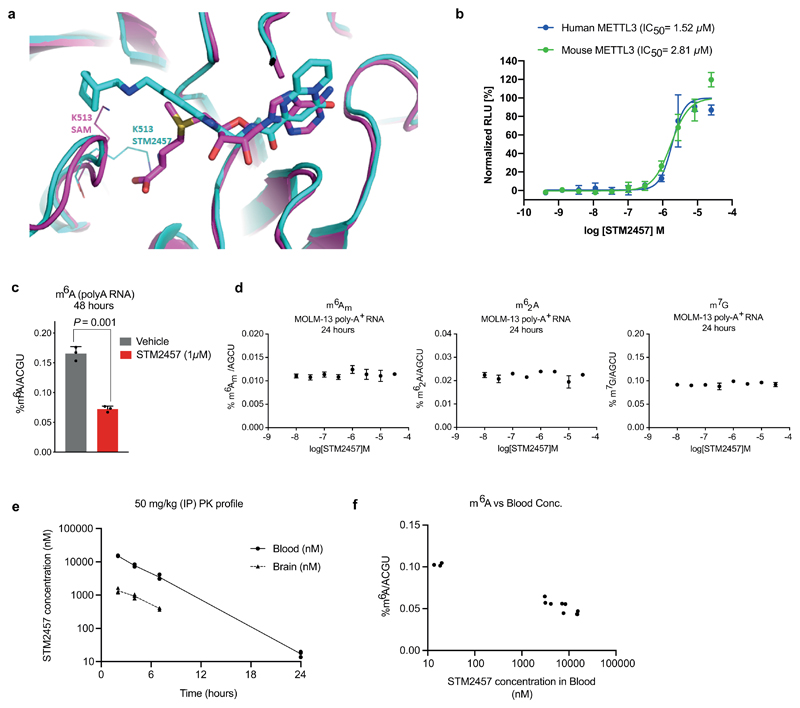Extended Data Figure. 2. Binding of STM2457 to the SAM pocket of METTL3.
a) Overlay of crystal structures of METTL3/METTL14 in complex with STM2457 (carbon atoms in cyan) and METTL3/14 in complex with SAM (carbon atoms in magenta, PDB code 7O2I). The position of K513 is shown in lines of the corresponding color for each structure. b) Cellular thermal shift target engagement assay measuring binding affinity of STM2457 against human and mouse METTL3 proteins expressed in HeLa cells. The IC50 represents the concentration of STM2457 at which 50% of METTL3 is bound to STM2457. (mean +/- s.d., n=3). c) Quantification of m6A levels on poly-A+-enriched RNA using RNA-mass spectrometry after 48 hours of in vitro treatment of MOLM-13 with 1 µM of STM2457 or vehicle (DMSO). (mean +/- s.d., n=3). d) Quantification of m6Am, m62A and m7G levels on poly-A+-enriched RNA 24 hours of treatment of MOLM-13 with the indicated STM2457 concentrations (mean +/- s.d., n=3). e) STM2457 in vivo pharmacokinetic profile in mouse blood and brain tissue using a dose of 50 mg/kg. f) STM2457 in vivo PK/PD relationship in non-tumour bearing animals from the PK study shown in (e), demonstrating inhibition of m6A in spleen tissue over a range of STM2457 blood concentrations (n=3). two-tailed Student’s t-test.

